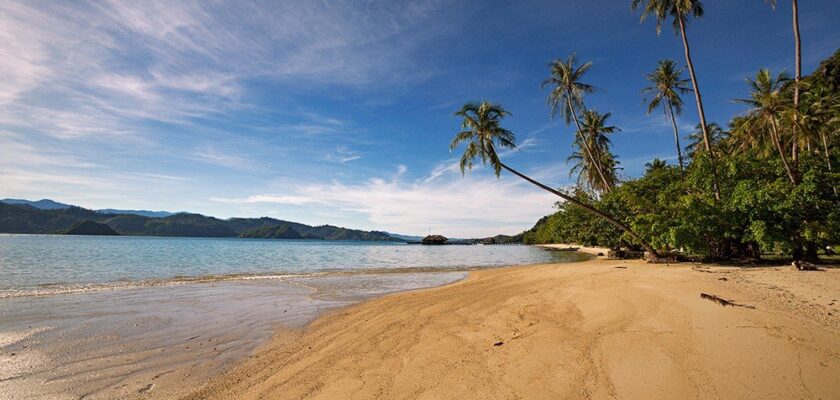Sumatra Island
Sumatra is the sixth largest island in the world. The beauty of the island is mesmerizing. The tropical forests of Sumatra Island are unique in their richness of endemic flora and fauna. Among the 17 endemic plants are Sumatran pine, Rafflesia arnoldi, Amorphophallus giganteus. Among the 23 endemic animals are Sumatran tiger, Sumatran orangutan, Sumatran rhinoceros, Sumatran elephant, Sumatran striped hare, Malayan tapir, Malayan bear, red wolf, fruit bat, and smoky leopard. And there are a total of 201 species of mammals and 580 species of birds, 300 species of river fish. Since 1985 Sumatra has lost 48% of forests, which threatens the existence of unique flora and fauna. There are more than 10 national parks, three of which are listed as world heritage sites: “Gunung Loesser”, “Kerinci”, “Bukit Barisan”.”
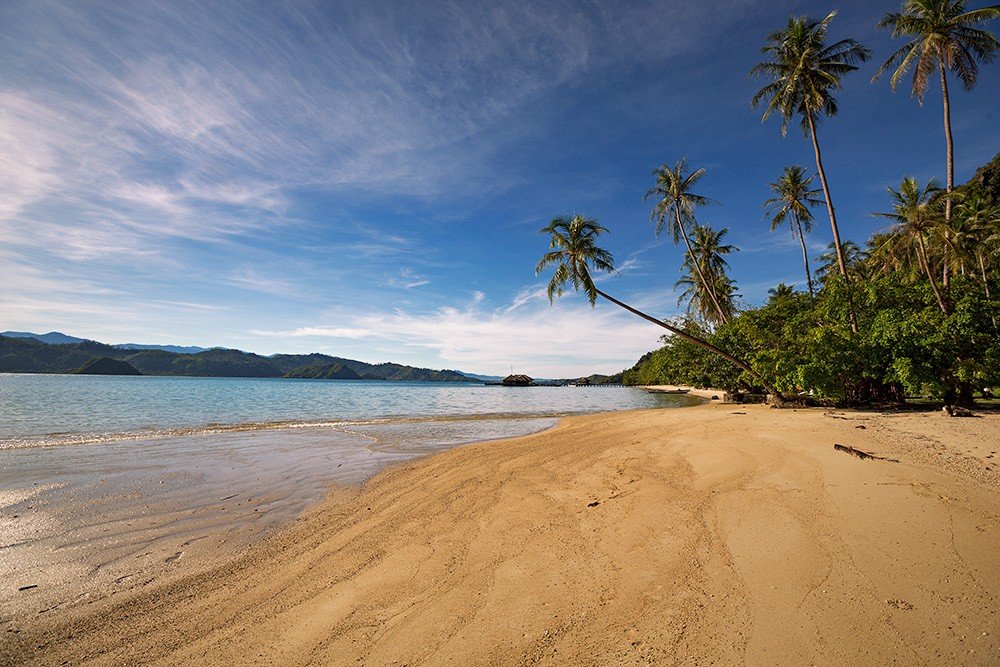
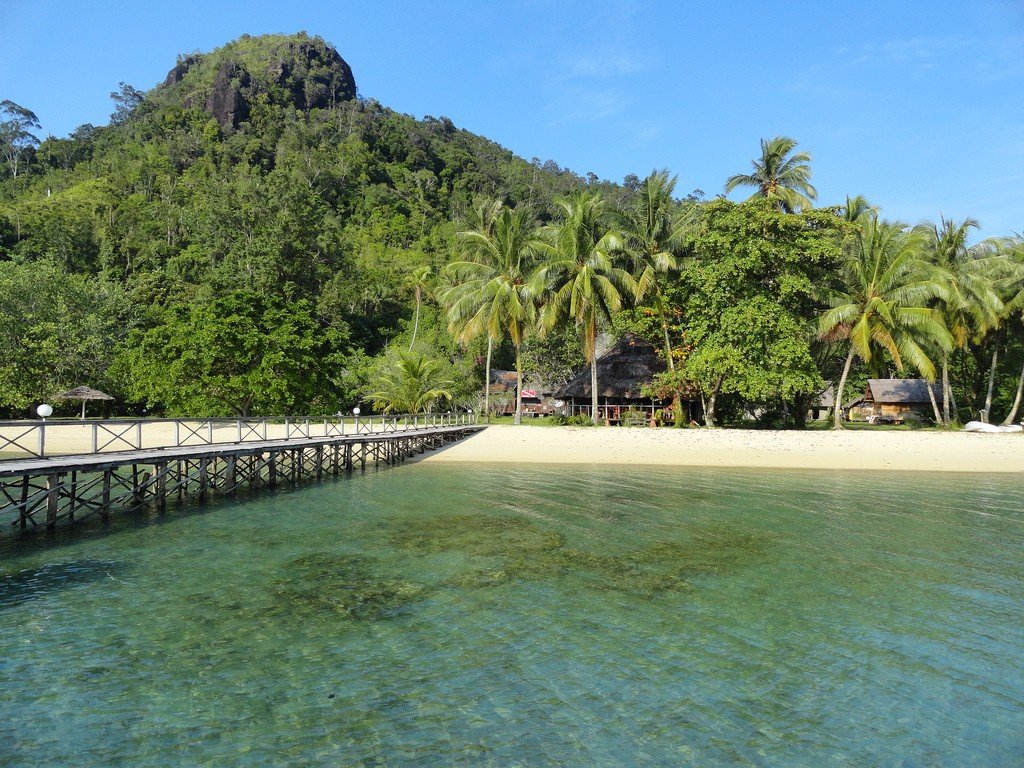
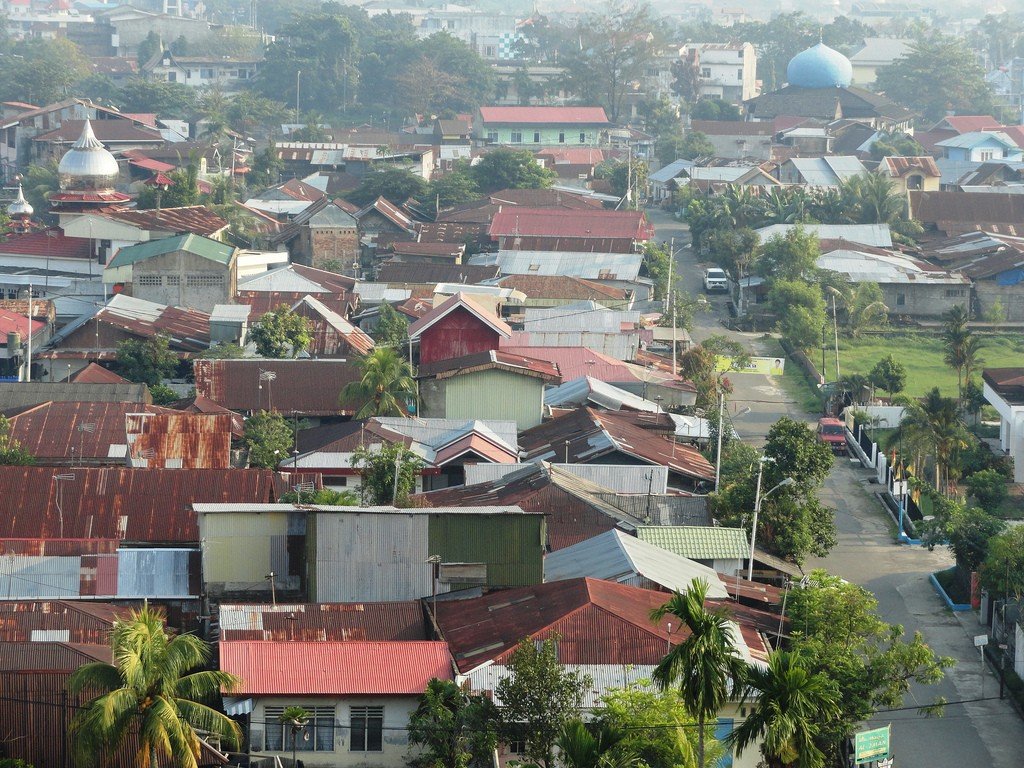
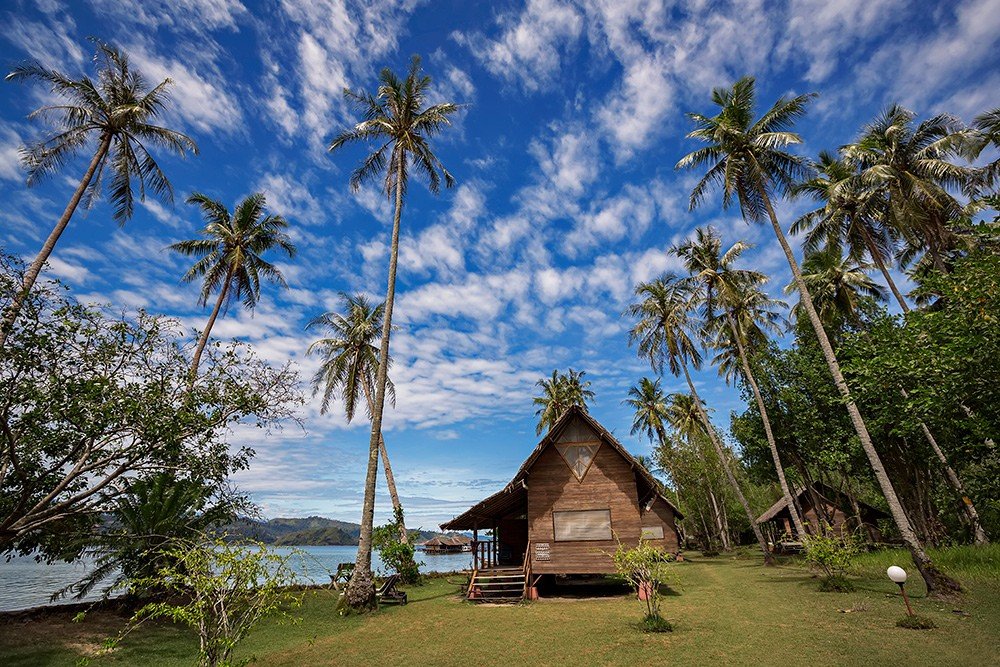
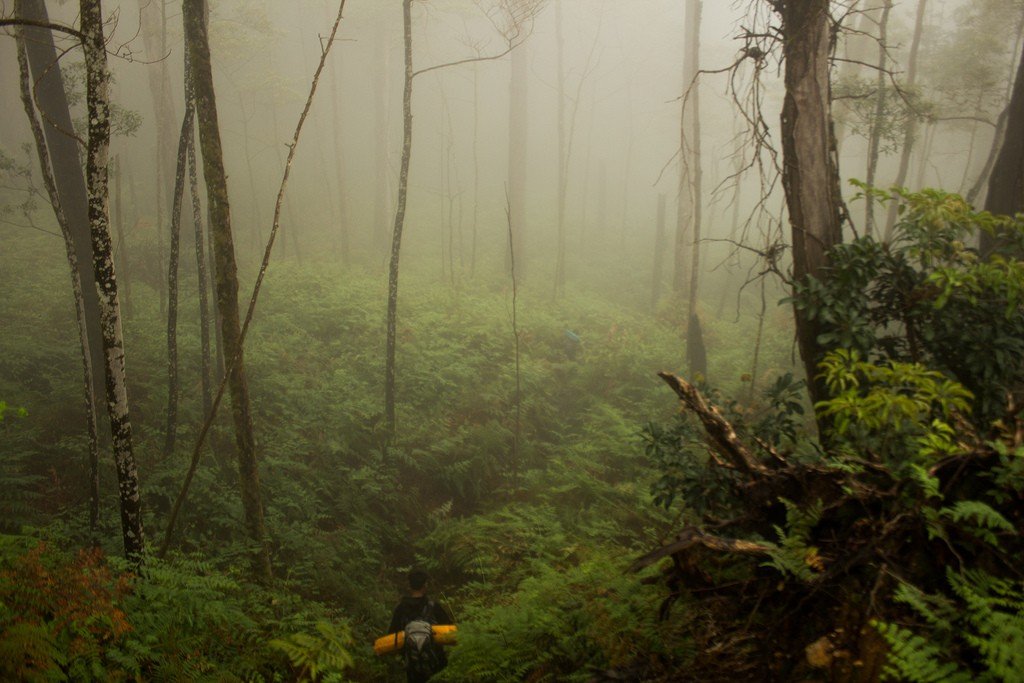
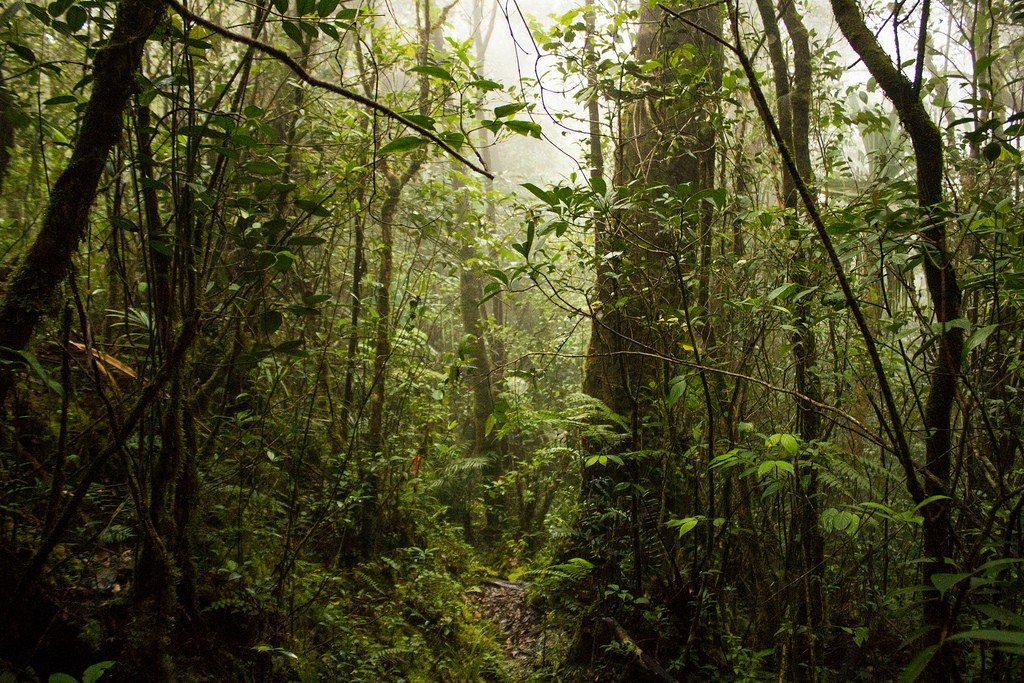
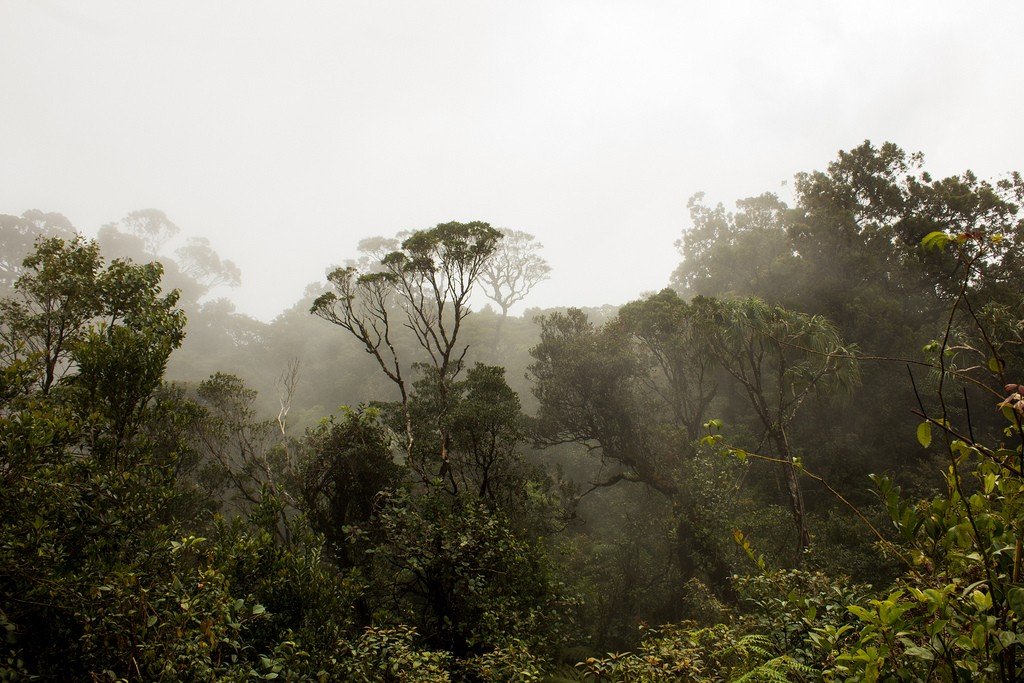
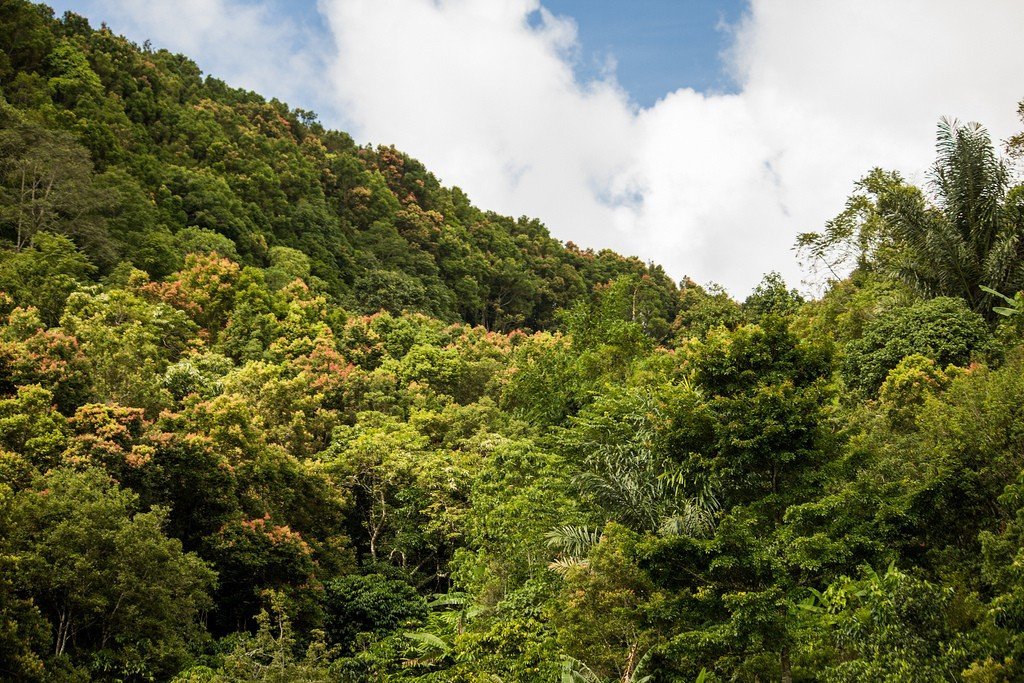
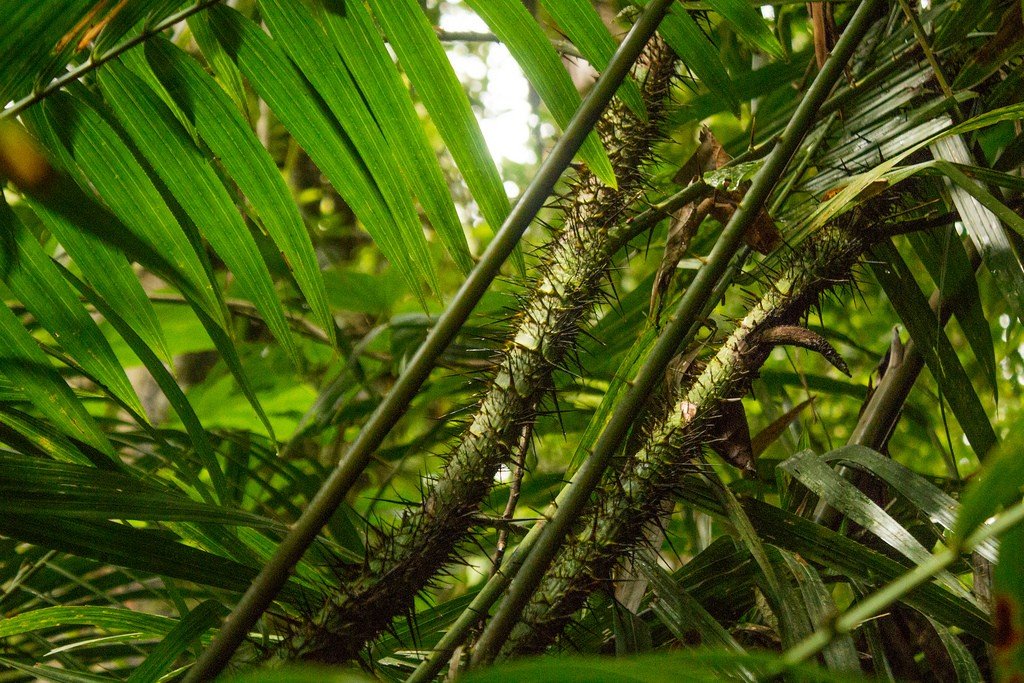
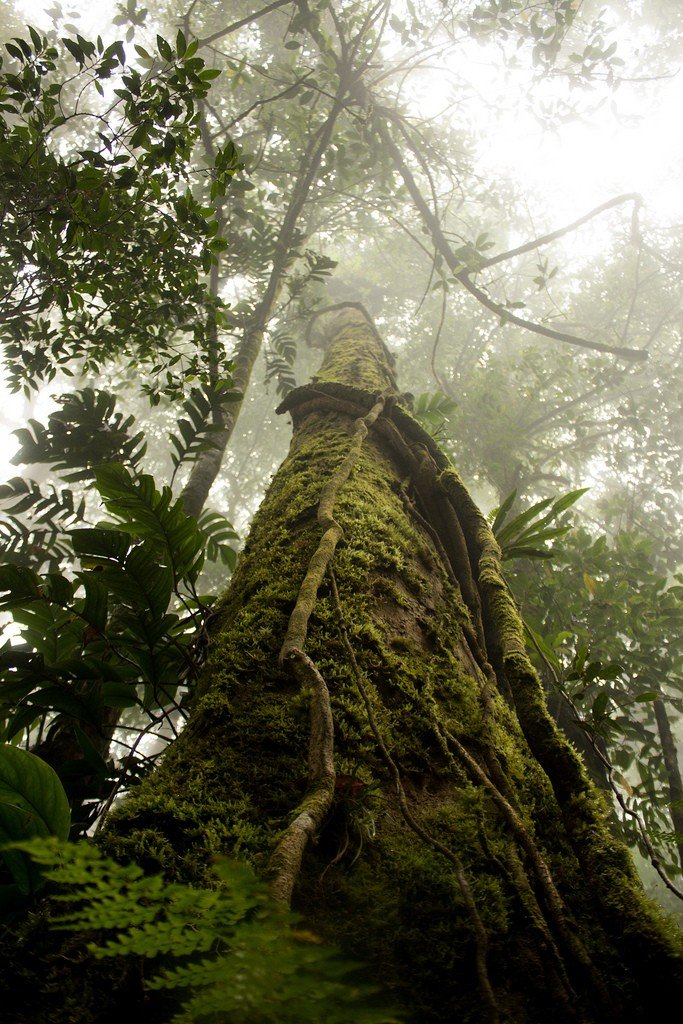
General Information
Sumatra is home to a Frenchman who has been traveling the local area on a motorcycle for 20 years. He claims he hasn’t seen all the worthy places yet and has no intention of stopping. So what is it that attracts him, who has seen tropical vistas?
Sumatra is a unique combination of majestic volcanoes, delightful lakes with water like a child’s tear, pristine jungles, cool highlands and endless valleys. In the necklace of islets scattered around it you can find the world’s best diving, extra surfing and ancient megaliths. Sumatra is inhabited by the unique Minangkabau and Batak peoples with their imposing architecture and extraordinary musicality. And to top it all off, Sumatra is away from mass travel destinations, so you can enjoy its splendor thoughtfully and quietly, without looking at the hoards of organized tourists.
.The island encloses the entire archipelago from the west and is cut in half by the equator. The climate is equatorial and sub-equatorial respectively, with year-round temperatures around 30°. The western part of Sumatra is occupied by the highlands, where the climate tends towards the European climate.
.
In its ethnic and religious composition, the island is an amazing mix of strict Acehnese Muslims in the north, Christians and formal Muslims in the center, Javanese Muslims in the south with the addition of wild animist tribes in the jungles and islets of the west coast. All of them, however, live amicably and no outbreaks of inter-ethnic violence have been recorded.
.
The history of Sumatra, as well as neighboring Java, forms the basis of the history of the whole country, which can be found in the relevant section. Once the most powerful empire in Southeast Asia, the Srivijaya Empire, with its capital at Palembang, has long since collapsed, relegating Sumatra to a secondary role in regional politics. Now the main events and battles revolve around oil, the richest deposits of which are found in the east and north of the island. The Sultanate of Ace, with its capital in the city of Banda Ace, has long fought for independence, first with the Dutch administration, then with the Indonesian government. The last clashes occurred in 2003, when as a result of bloody battles between the army and separatists 3000 people were killed. The tsunami of December 2004, which washed away half the city, settled everyone. Since then, the situation has become much calmer, although the Acehnese have not abandoned the dream of becoming a “second Brunei.”
The most interesting places are concentrated in the north and center of the island. The southern part, although it has natural attractions, is much less popular. Most tourists travel the Medan-Padang stretch discussed below, sometimes stopping at the northern tip of the island in Ace Province.
.
